So, you think you might have a bad rear differential? A bad rear differential can be dangerous and affect the safety of your vehicle, so it’s important to understand the symptoms of this issue as soon as possible.
Here are some common symptoms of a bad rear differential and what to do about them if they arise in your vehicle.
What is a Differential?
Your differential distributes power from your transmission to your drive wheels. This is what causes one wheel to spin faster than another when you turn or corner.
The main purpose of a differential is to allow each drive wheel on an axle to rotate at different speeds without causing problems like vibrations or excessive tire wear.
If your car or truck has a limited-slip rear end, that means it has a positraction feature in its differential.
If you have a problem with your differential, it can cause problems like making a grinding noise, it could leak gear oil, or could even damage other parts of your vehicle.
For example, if you have a bad seal on your differential and gear oil leaks out, you run the risk of burning up other components in your rear axle.
When your differential needs to be replaced, it is best to take your vehicle to a certified mechanic.
The problem is that many people do not know when they need a new one, which can result in you replacing it too soon or worse, too late. If you notice any of these symptoms with your rear end, it could indicate that you have a bad differential and it’s time for a replacement.
Signs of Low Differential Fluid
If you’re looking to avoid your mechanic charging you an arm and a leg, it’s important to know whether or not your rear differential is actually in need of maintenance. If you notice any of these signs, then it’s probably time for a rear differential check-up.
Excessive tire wear. This can be a sign that you’re not getting optimal power to your wheels and thus are exerting more force through your tires than they can handle.
Check your rear differential fluid if you’re noticing excessive tread wear on one or both of your tires, especially if it seems to worsen over time and isn’t consistent across all four tires. Not all tire wear is a sign of a bad differential, but it could be an indication that something is wrong.
Steering that pulls to one side. If you notice that your steering wheel has a consistent pull to one side, it could be an indication of low differential fluid and that your differential is failing.
Try driving in straight lines at varying speeds to see if it makes a difference, and take it to your mechanic for evaluation if necessary.
ALSO SEE: Can You Mix Ethanol and Non-ethanol Gas in Car?
Common Signs of a Bad Differential
You may be able to hear unusual sounds when turning your car. Sometimes it can make a grinding noise, or sound like something is stuck in it.
Clunking, banging, and popping noises could mean that there’s a problem with your differential. If you notice any of these symptoms then it’s recommended to take your vehicle to a local auto mechanic for inspection as soon as possible.
When driving you may feel like your vehicle is pulling to one side or vibrating. This could be an indication that there’s something wrong with your differential. If you experience these symptoms, take your car in for a checkup as soon as possible.
A bad differential means that your tire won’t be able to rotate when cornering properly and can cause damage to other components in your vehicle such as ball joints, axle mounts, and struts.
What Are the Symptoms of a Bad Rear Differential?
A bad rear differential can lead to serious problems, so it’s important to be able to spot signs of trouble. The symptoms of a bad rear differential are easy to spot if you know what you’re looking for and here are some things that you should watch out for
You’ll likely hear strange noises coming from your engine bay as well as vibrations felt through your steering wheel or seat depending on what’s broken. In many cases, these problems will eventually lead to your entire transmission failing and having to be replaced entirely.
These noises include vibrations that will only intensify as you either speed up or reduce your vehicle’s speed.
Secondly, you will hear a grinding noise showing that the car gears are wearing out themselves, further driving may lock up the rear wheels without any form of notice and it will quite be dangerous for you.
Another noise that may indicate a failing rear differential is a whining noise, the issue may however get fixed just by changing gear fluids.
Other symptoms of a bad differential include Reduction in handling capabilities, damage to tires, howling noise, humming noise, e.t.c.
What Causes a Differential to Go Bad?
If you’re driving and your car loses power or feels like it’s pulling to one side, you could have a bad differential.
Like other mechanical systems on your vehicle, differentials are subject to wear and tear as well as degradation over time. So what happens when a rear differential goes bad? In short, it won’t be good for your tires. It can cause uneven tread wear on them.
For example, if you have a bad differential, your tires will wear on one side but not on another.
This happens because one wheel is spinning faster than another and your car will pull to that side.
The problem can also cause an audible clunking sound when you drive over bumps or make turns.
If you hear it or notice uneven tread wear on your tires, bring your vehicle in to see a mechanic as soon as possible for an inspection.
It could be a small leak, worn parts, or something more serious like excess play in the gears. The good news is that there are often simple fixes you can do to solve your differential problems on your own. It just takes a little research to find out what’s wrong and how to fix it.
Some factors that may cause your differential to go bad include:
- Lack of oil: a lack of oil will result in grinding noise as a result of friction causing a break in the barrier or a block in the rear wheel in most instances.
- Wrong oil is another factor that may cause your differential to go bad, if the oil is not working as it should, for instance, it will be unable to have the differentials or any other important parts that need oil to be lubricated leading to failure of the differential, ring, and pinion as a result of friction.
- Normal wear and tear, reckless driving by pushing your vehicle too hard amongst other things.
Rear Differential Noise vs. Wheel Bearing Noise
Both rear differential noise and wheel bearing noise can be caused by bad seals in your vehicle’s wheel bearings.
Either way, you’ll hear a grinding or chirping sound from your wheels when turning them slowly. But if you hear it only at higher speeds, it may indicate bad wheel bearings rather than a problem with your rear differential.
The main difference between rear differential noise and wheel bearing noise is that, if you turn your steering wheel slowly at low speeds, a bad rear differential will produce a screeching sound while a bad wheel bearing will only produce grinding or chirping. If you hear it only when driving at higher speeds, then it’s probably a bad wheel bearing rather than your rear differential.
How much does it Cost to Fix a Differential?
The cost of rear differential repair varies based on your vehicle, but expect to pay around $500 or more for a replacement.
Your exact price will depend on things like whether you need new parts (and if so, what kind), and how long it takes to complete the job. You can check online reviews to get an idea of pricing from past customers in your area.

Can You Drive with a Bad Differential?
The answer to the question can you drive with a bad differential? Is both a yes and no. Yes, you can drive as long as your differential isn’t too bad. The worse it gets, however, the less effective your transmission becomes.
Can A Bad Differential Cause Power Loss?
yes. When your car loses power in one wheel, that wheel is being spun faster than it can handle one of your wheels.
This could be caused by a bad differential or a broken axle. When you notice issues with your vehicle and think it might be related to a bad differential, check for these symptoms and get it to a mechanic to have it looked at and fixed.
What Happens if a Rear Differential Goes Out While Driving?
If you own a vehicle, chances are you’ve had to change a tire or two in your day. If that tire were on a rear wheel, there’s no reason to worry.
But if it were on one of your front wheels, that’s a whole different story. In addition to being dangerous and unlawful in most states, driving with a flat front tire is also extremely inconvenient.
A bad rear differential could leave you stranded on your next road trip. It might even land you in jail!
On a rear-wheel-drive vehicle, each of your tires shares equal amounts of weight. If one tire goes flat, you’ll lose traction and control on that side of your car.
On a front-wheel-drive vehicle, each tire must carry its weight as well as up to fifty percent of weight from both rear wheels through its sidewall.
While driving with a flat front tire is still possible in most vehicles, it’s very dangerous and could lead to an accident if you’re not careful.
Can a Bad Differential Cause Transmission Problems?
In some cases, a bad differential can cause problems with your transmission. It may be hard to detect at first, so it’s important to look for signs of a bad differential before it’s too late.
If you’re hearing grinding or strange noises when shifting gears, you could have a problem with your differential.
Driveability problems and transmission issues are common symptoms of a bad differential.
You may notice that there is an increased delay between when you put your car in gear and when it begins to move.
If so, take your vehicle to a mechanic as soon as possible for diagnosis.
Can a Bad Differential Cause Vibration?
Yes, a bad differential can cause your car to vibrate. Vibration in a car is usually caused by an imbalance of forces. The force on one side of an object has to be balanced by another equal force on the other side.
If there is a discrepancy in these forces, then objects will tend to vibrate.
In most cases, vibration is harmless and doesn’t indicate any serious problems with your vehicle.
However, if you notice a vibration when accelerating or turning at low speeds it could mean that something inside your rear differential needs attention.
ALSO SEE: What Does D3 Mean In A Car?
Can a Bad Differential Cause Hard shifting?
No, a bad differential won’t cause hard shifting in most cases. You may notice symptoms like strange tire wear patterns or a car that pulls one way or another when driving on level ground, but you will not typically experience hard shifts. If you do, it’s likely something else is causing these problems and your differential isn’t to blame.
If you do have hard shifts, there are a few other possibilities. You may have some external damage like a misaligned tire or bent rim. It’s also possible that your transmission itself is at fault.
Can a Bad Differential Cause Slipping?
Yes. If you’re experiencing your car slipping, especially when turning and accelerating at low speeds, it may be a sign of a bad differential.
Slipping is caused by an improper gear ratio between your tires and your vehicle. It can cause issues like failing to maintain traction under acceleration or losing grip while turning. Contact your mechanics today if you notice these symptoms.
How to Prolong the Lifespan Of The Rear Differential?
What Is The Best Way To Prolong The Lifespan Of Your Car’s Rear Differential? If you drive like a normal person, you shouldn’t need to worry about your differential.
The chances of you encountering an issue with it are so small that even if it did happen, most mechanics wouldn’t know how to fix it! But rear differentials do fail sometimes and they can be an expensive repair job.
There are some things you can do to prolong the lifespan of the rear differential and they include, scheduling oil changes, using the vehicle’s recommended oil, driving normally and safely, etc.
Is It Possible to Repair the Rear Differential on Your Own?
If you have a bad rear differential, it will need to be repaired. Unfortunately, replacing a rear differential is expensive and requires an experienced mechanic. Instead of replacing your rear differential, many drivers attempt to repair them themselves.
Whether or not it’s possible to repair your rear differential depends on whether or not you can find parts for your vehicle.
If you are unable to find a rear differential, likely, you can’t repair your own. If your rear differential is cracked or warped, it is impossible to repair and must be replaced instead.
Even if you have an axle shaft instead of a full differential, repairing your axle shaft isn’t worth it because they are inexpensive and easier to replace than a differential.
What Happens When Your Rear Differential Goes Out?
To put it simply, when your rear differential goes out, you lose control of your vehicle. The differential transfers engine power to drive wheels and keep your car in motion. Without a functioning differential, one wheel could spin while another is still.
This sudden change in speed could cause you to lose control of your vehicle. Additionally, if you’re driving fast enough when a rear differential fails, both of your rear tires could blow out simultaneously.
How Do I Know If My Differential Is Going Out?
There are quite a few ways to tell if your differential is going out, so let’s go over them here. First of all, you may notice that your car has trouble turning in one direction or another when you turn.
Sometimes it seems like one side of your car turns better than another. This is a very clear indication that something is wrong with your differential and it needs to be repaired immediately to avoid serious damage to other parts of your vehicle.
The exact opposite problem may also occur.
Another indicator that your differential is going out is when one tire of your car has significantly more or less tread than another.
As a vehicle drives, there should be very little difference in tread wear between each tire on each side of your car.
This is because as one tire turns and grips to drive forward, it has to pull all of your vehicle’s weight.
Therefore, if you see a significant difference in wear between one side and another, there’s probably something wrong with your differential or axle shafts.
How much does It Cost To Replace Rear Differential?
The cost of replacing a rear differential is going to vary quite a bit depending on what type of car you have and where you get it done.
At some quick lube chains, it might only be a few hundred dollars.
On higher-end luxury cars, it could be well over $1,000 for parts alone. If you go with a dealership, you’re probably looking at something in between those two prices.

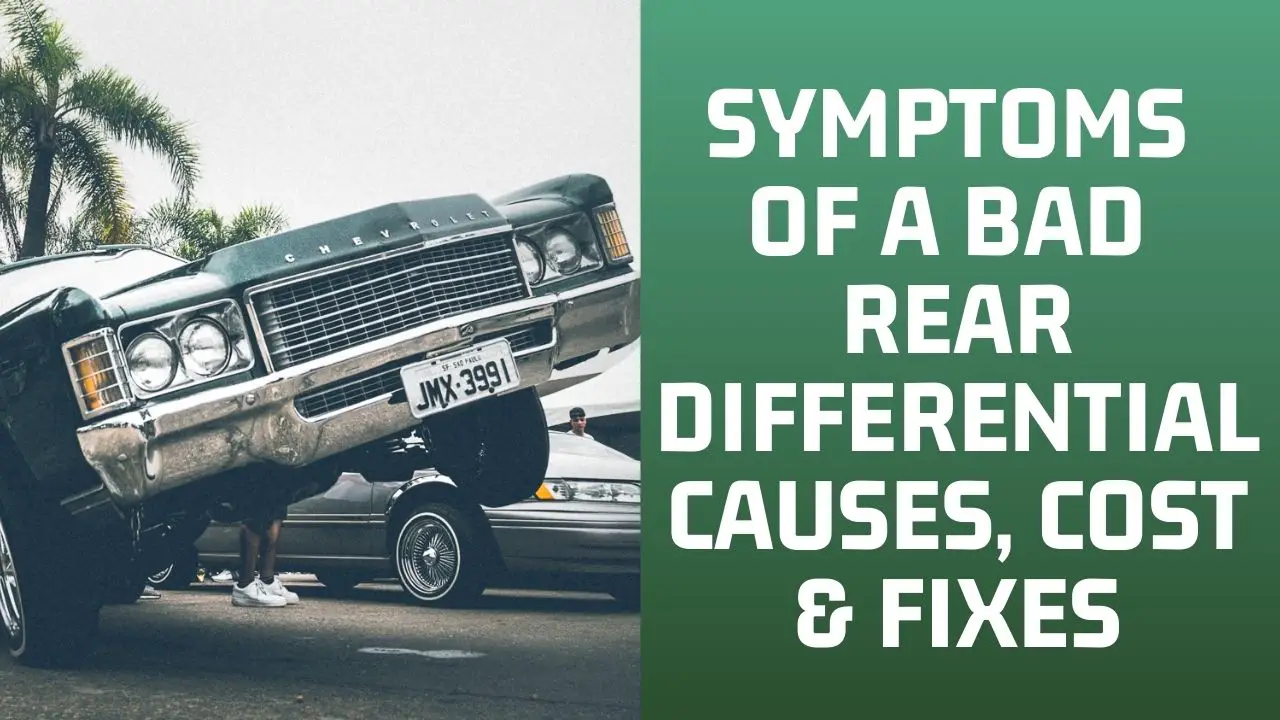
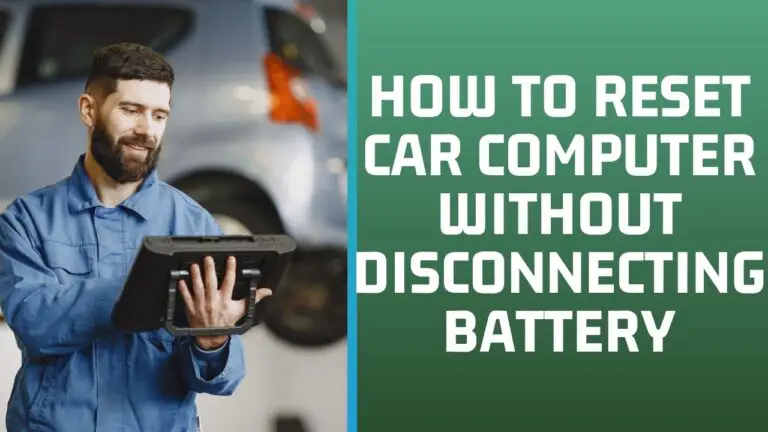
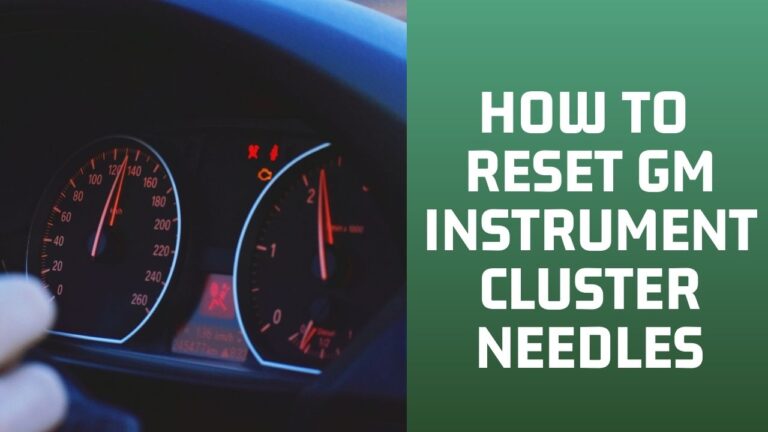
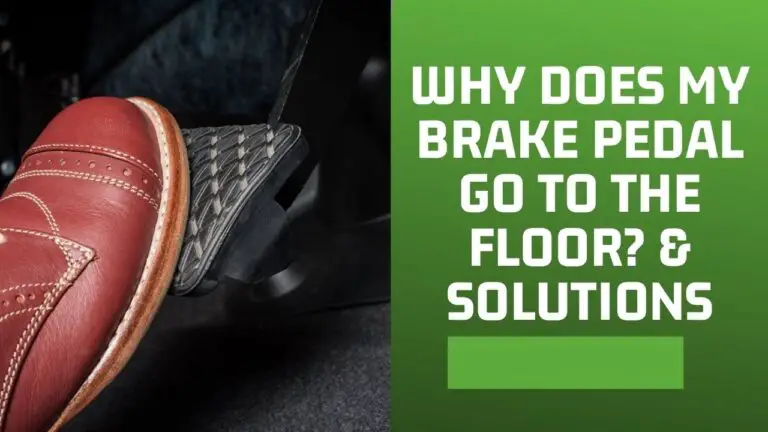

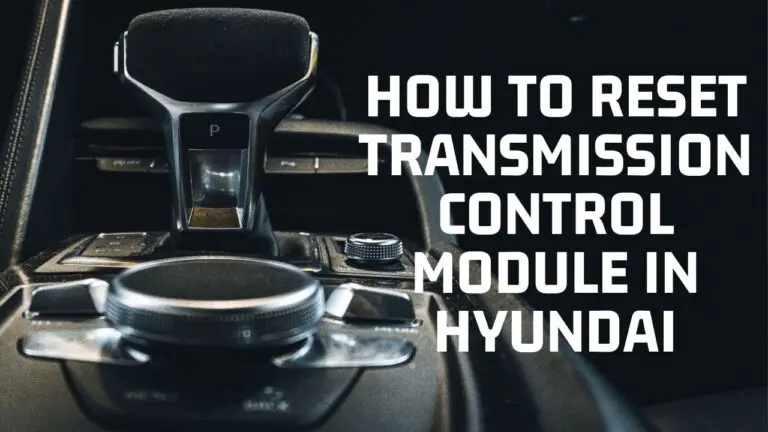
![[Easy] How To Reset Transmission Control Module Chevy](https://shockabsorberpro.com/wp-content/uploads/2023/08/How-To-Reset-Transmission-Control-Module-Chevy-768x432.jpg)